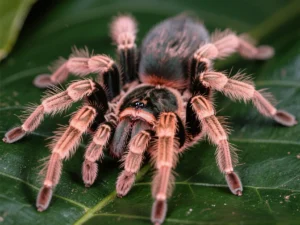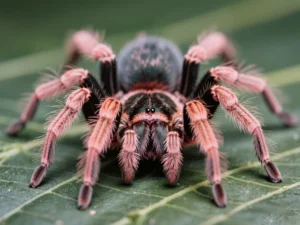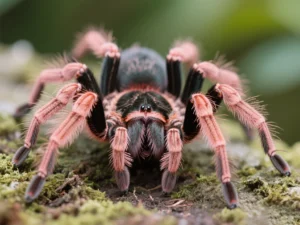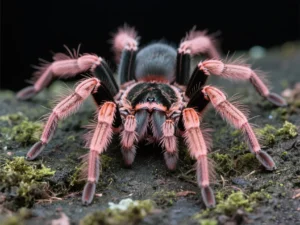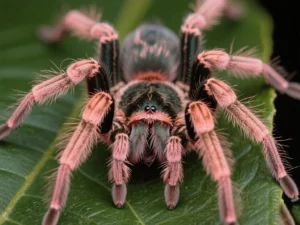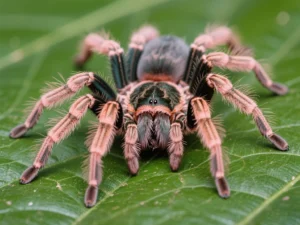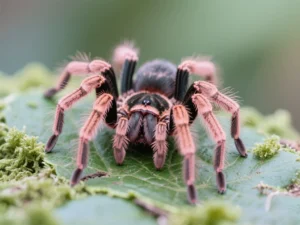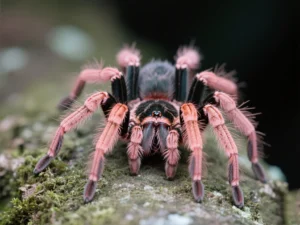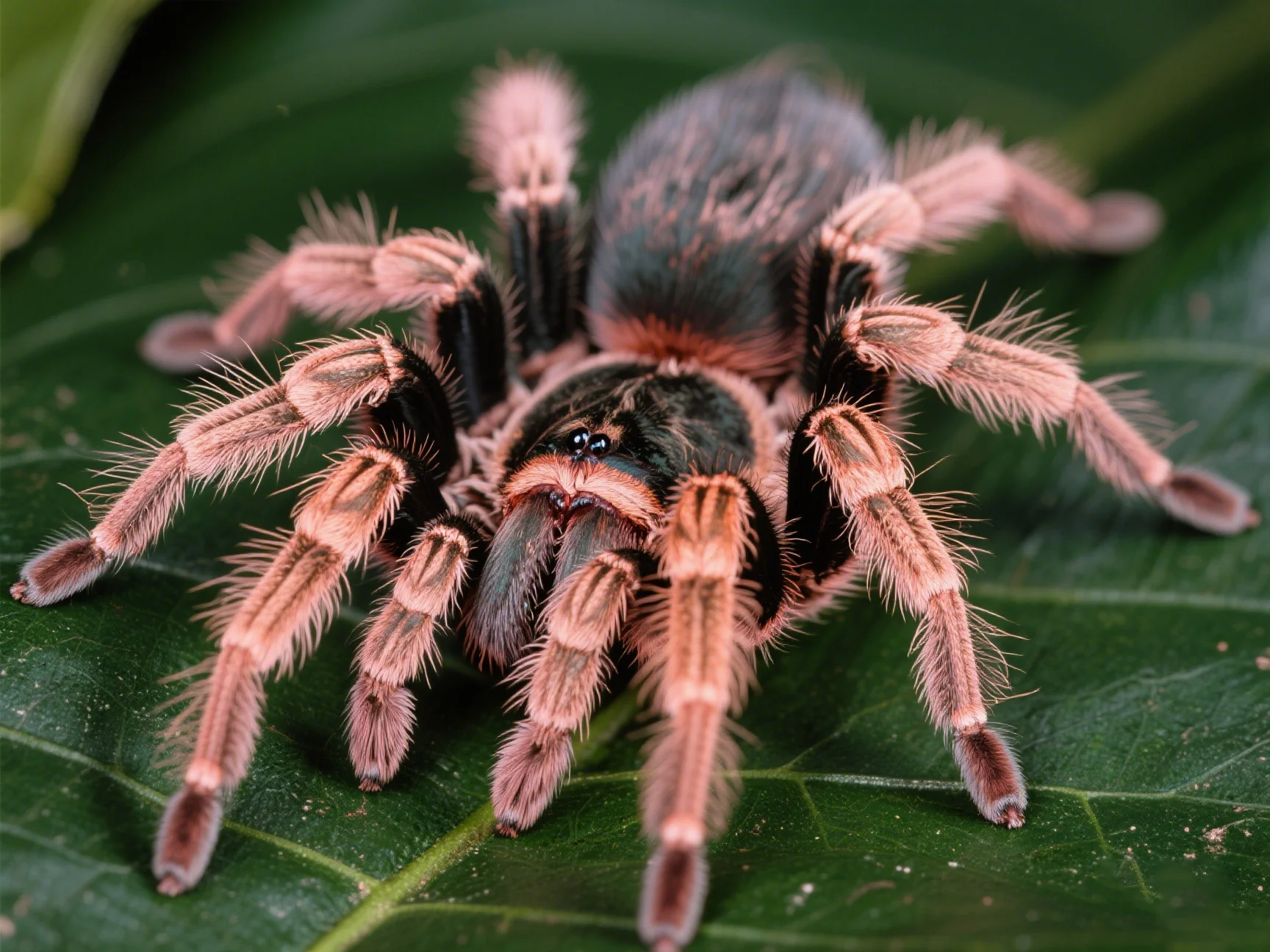
Tarantula Husbandry
Do Antilles pinktoe tarantulas need special humidity levels?
Yes, the Antilles pinktoe tarantula (Caribena versicolor) absolutely requires specific humidity levels to thrive. Along with proper ventilation, managing humidity is one of the most crucial aspects of their care, setting them apart from many arid or semi-arid tarantula species.
Humidity Requirements
Originating from tropical islands like Martinique, C. versicolor is adapted to a relatively humid environment. In captivity, they generally require ambient humidity levels between **70% and 80%**.
- Spiderlings:** Young spiderlings are often considered more sensitive to dehydration and may benefit from humidity consistently at the higher end of this range or slightly above.
- Juveniles & Adults:** Can tolerate slight fluctuations but still need generally high humidity within the 70-80% range.
Maintaining these levels requires specific attention within their enclosure.
Why Humidity Matters
Proper humidity is vital for several reasons:
- Molting:** This is the most critical function. Adequate humidity helps ensure the tarantula can successfully shed its old exoskeleton. Low humidity can cause the old skin to harden and stick, leading to potentially fatal molting problems (dysecdysis). Understanding potential [common tarantula health problems](https://www.lopehare.com/tarantula-medical-information/) like bad molts highlights the need for correct humidity.
- Hydration:** Especially for spiderlings that may not readily use a water dish, ambient humidity and water droplets from misting help them stay hydrated.
- Respiratory Function:** Tarantulas breathe through book lungs located on the underside of their abdomen. These organs function optimally within specific moisture ranges.

Achieving Proper Humidity
Several methods can be used to maintain the required humidity:
- Substrate Moisture:** Keeping a portion of the substrate (like coconut fiber or peat moss) slightly damp is a primary method. Allow it to partially dry out between moistenings to prevent oversaturation.
- Misting:** Lightly misting the enclosure walls and webbing once or twice daily can temporarily boost humidity and provide drinking water droplets. Avoid directly spraying the tarantula.
- Water Dish:** A shallow, wide water dish not only provides drinking water but also contributes to ambient humidity through evaporation. Ensure the dish is not deep enough for the tarantula to drown.
- Enclosure Type:** Acrylic or plastic enclosures tend to hold humidity better than glass tanks with screen tops.
Monitoring levels with a reliable hygrometer placed inside the enclosure is essential to ensure you are meeting the [Caribena versicolor humidity needs](https://www.lopehare.com/tarantula-pet-care/).
Avoid Stagnation: While high humidity is needed, stagnant, overly wet conditions are dangerous. This is where ventilation becomes critical.
The Humidity/Ventilation Balance
The key challenge with *C. versicolor* care is balancing high humidity with adequate airflow. Good ventilation (ideally cross-ventilation) prevents the air from becoming stagnant and discourages the growth of mold and fungus, which can be harmful to the tarantula. You need enough airflow to keep the air fresh, but not so much that the enclosure dries out too quickly.
In conclusion, Antilles pinktoe tarantulas do have specific, relatively high humidity requirements that must be carefully managed alongside good ventilation for their health and successful molting. This is a defining characteristic of their care needs.
Humidity recommendations based on established husbandry standards for *Caribena versicolor*, referencing sources like the The Spider Shop care sheets and keeper consensus.
